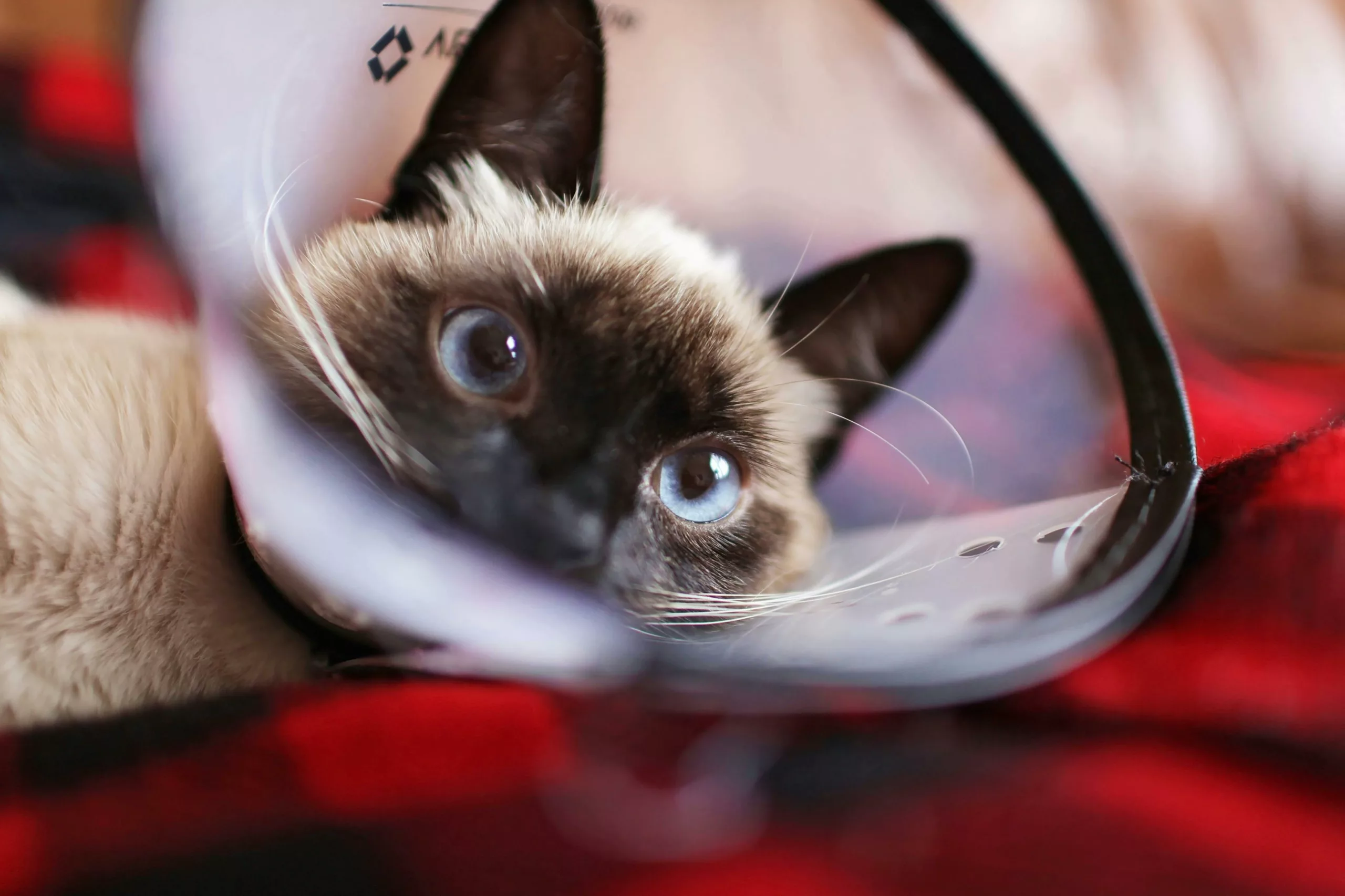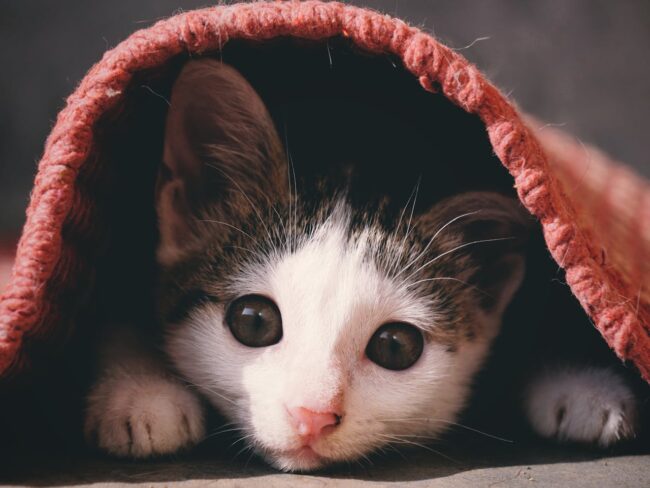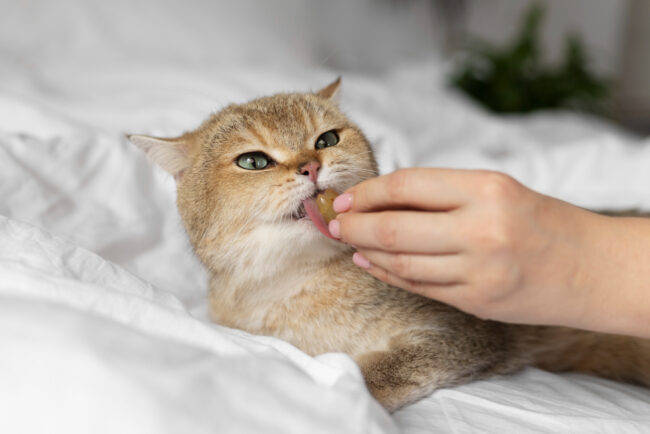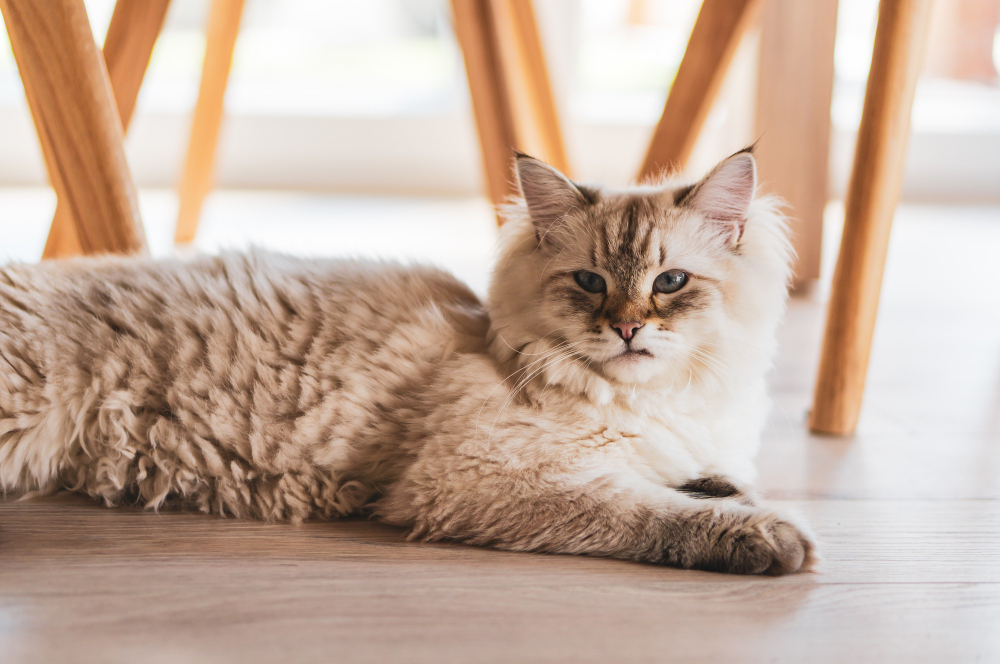Ever wondered why Siamese cats are so popular? These elegant beauties aren’t just known for their sleek looks and striking blue eyes. Siamese cat personality traits make them stand out in the feline world. Knowing these traits helps create a strong bond and understand their unique needs, making life with your furry friend more delightful.
Delving into their personality traits means we’re focusing on Experience, Expertise, Authoritativeness, and Trust (E-E-A-T). It’s about ensuring you get trustworthy, expert information to better understand and care for your Siamese cat.
1. The History of Siamese Cats
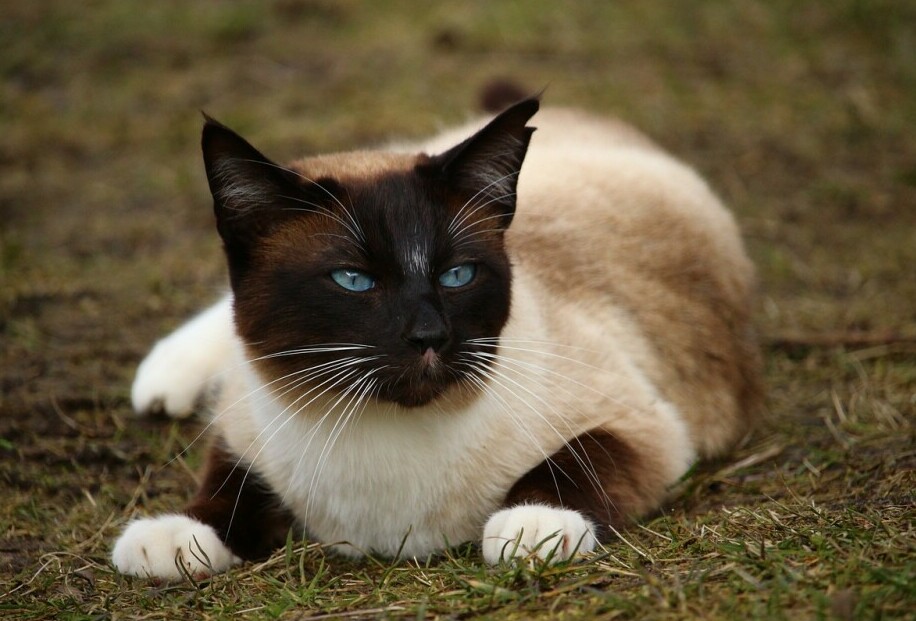
1.1 Origins and Cultural Significance
The Siamese cat has a rich history that dates back to ancient Thailand, where they were revered as sacred companions. These elegant felines were believed to be the guardians of royal palaces and temples, and their presence was seen as a sign of good fortune. The Siamese cat’s distinctive appearance, with its pointed coloration and piercing blue eyes, is thought to have originated from a genetic mutation that occurred naturally in the tropical climate of Southeast Asia.
1.2 Arrival in the West
The introduction of Siamese cats to the Western world in the late 19th century marked the beginning of their popularity outside Asia. In 1884, the first pair of Siamese cats was presented as a gift to the British Consul General in Bangkok, and they quickly became a fashionable breed among European aristocracy. As Siamese cats gained recognition in Europe, they were also introduced to the United States in the late 1800s, where they quickly gained a devoted following. Today, Siamese cats are recognized worldwide for their unique appearance and captivating personalities.
2. Key Personality Traits of Siamese Cats
2.1 Social and Affectionate Nature
Siamese cats are famous for their social and affectionate nature. These cats love to form strong bonds with their owners and thrive on companionship. If you’re someone who enjoys having a pet that’s more like a constant companion, a Siamese cat might be your perfect match.
One of their standout traits is their playful and energetic behavior. Whether it’s chasing a toy, playing a game of fetch, or just running around the house, Siamese cats know how to keep things lively. This playfulness makes them great pets for families, as they also tend to get along well with children and other pets.
Another thing to consider is how much they enjoy being part of the daily activities. Whether you’re cooking, working from home, or just relaxing on the couch, expect your Siamese to be right there with you. They don’t like being left alone for long periods, so if you have a busy lifestyle, you might want to consider getting a second pet to keep your Siamese company.
Because of their affectionate nature, Siamese cats are also known to follow their owners around the house. They crave attention and love to be involved in whatever you’re doing. This can mean a lot of cuddling and even more head rubs. If you’re looking for a cat that’s demonstrative of its affection, the Siamese won’t disappoint.
2.2 Intelligence and Curiosity
Siamese cats stand out for their impressive intelligence and unquenchable curiosity. This breed is known for being one of the smartest, capable of learning tricks and commands that many might think are reserved for dogs. If you have a Siamese cat, you’ll quickly notice how observant and perceptive they are.
Problem-solving abilities are another hallmark of Siamese cats. They love interactive toys and puzzles that challenge their minds. If there’s a tough spot to reach or a tricky toy to figure out, expect your Siamese to invest serious effort into cracking the code. This high level of intelligence means they need regular mental stimulation to stay happy and healthy.
Their curiosity knows no bounds. From exploring every nook and cranny of your home to inspecting new objects, Siamese cats can’t resist investigating their surroundings. They’re easily bored, so changing their environment, even just a little, can provide them with the mental engagement they need. Rotating toys or adding new perches and climbing spots keeps them intrigued and satisfied.
Training a Siamese cat can be an enriching experience for both of you. Because they are quick learners, positive reinforcement methods work particularly well with them. Think of treats, praise, and plenty of affection when they successfully perform a command or trick. Simple commands like ‘sit’ or ‘fetch’ can quickly become part of their repertoire.
2.3 Vocal Communication and Expressions
Siamese cats are often referred to as the ‘chatterboxes’ of the feline world. Known for their loud and distinctive voices, they use vocalization to express a wide range of emotions and needs. Whether they’re happy, hungry, or just seeking your attention, you’ll hear about it.
One fascinating aspect of Siamese vocal communication is the diverse types of meows they use. Each sound can mean something different—there’s the classic ‘meow’ for attention, a chirp when they’re excited, and even a longer, drawn-out meow when they’re not feeling well. Paying attention to these vocal cues can help you better understand what your Siamese cat needs or how they’re feeling.
Their vocal nature isn’t just a quirk; it’s deeply tied to their emotional and physical well-being. Engaging in conversation with your Siamese cat can be quite an enriching experience. Responding to their meows with your own voice can build a stronger bond and offer them comfort.
Since Siamese cats are so vocal, they benefit from environments where they feel heard and understood. Ignoring their vocalizations can lead to increased stress or even behavioral issues. Spending time listening and responding helps meet their social needs and keeps them emotionally balanced.
When it comes to managing their talkative nature, providing plenty of stimulation and companionship is key. Interactive play sessions, puzzle toys, and regular social interaction with you or other pets can help keep their vocalizations positive and less demanding. Understanding and valuing their vocal expressions makes life together even more enjoyable.
3. Social Behavior and Interactions
3.1 Relationship with Humans
Siamese cats are social creatures that often prefer human companionship over solitude. They thrive on attention and may follow their owners around the house, seeking affection and playtime. Siamese cats are known for their ability to form strong bonds with family members, often choosing a favorite person to shower with love and attention. However, this strong attachment can also lead to separation anxiety if Siamese cats are left alone for extended periods.
3.2 Interaction with Other Pets
When it comes to cohabiting with other pets, Siamese cats can be both friendly and territorial, depending on their upbringing and individual personality. Early socialization is key to helping Siamese cats learn to coexist peacefully with other animals. Some Siamese cats may enjoy the company of other cats or even dogs, they are one of the cat breeds that are good with dogs. Owners should introduce new pets slowly and provide ample resources, such as food, water, and litter boxes, to prevent territorial disputes.
3.3 Bonding with Children
Siamese cats often make excellent family pets, forming strong bonds with children and enjoying playful interactions. Their affectionate nature and high energy levels can make them well-suited for families with older children who can interact with them respectfully. However, it is essential to teach children how to approach and handle cats gently, as Siamese cats may become defensive if they feel threatened or overwhelmed. Supervision is recommended when children and cats are playing together to ensure a safe and positive experience for both.
4. Behavioral Traits and Challenges
4.1 Attention-Seeking Behavior
While their affectionate nature is a joy, Siamese cats can sometimes exhibit attention-seeking behaviors that may challenge owners. These intelligent felines may engage in mischievous activities, such as knocking over plants or jumping on counters, to gain their owner’s attention. Siamese cats may also become vocal if they feel they are not receiving enough affection or playtime. To prevent these behaviors, it is essential to provide Siamese cats with regular interaction, mental stimulation, and positive reinforcement.
4.2 Sensitivity to Environment
Siamese cats are sensitive to their environment and can be affected by changes in their surroundings or routines. Stressors such as moving to a new home, the arrival of a new pet or baby, or even rearranging furniture can cause Siamese cats to become anxious or withdrawn. Owners should aim to create a stable and predictable environment for their Siamese cats, minimizing disruptions and providing a safe space for them to retreat to when they feel overwhelmed. Providing calming pheromones, such as those found in Feliway diffusers, can also help reduce stress and anxiety in Siamese cats.
4.3 Managing Loneliness
Due to their social nature, Siamese cats can experience loneliness if left alone for extended periods. Owners who work long hours or travel frequently may find it challenging to meet the social needs of their Siamese cat. To prevent boredom and loneliness, owners should consider adopting a second cat or providing interactive toys and puzzles to keep their feline companion entertained. Leaving the radio or television on can also provide background noise and a sense of companionship for Siamese cats when their owners are away.
5. Caring for Your Siamese Cat
5.1 Meeting Their Social Needs
To ensure a happy and healthy Siamese cat, it is essential to meet their social and emotional needs. Siamese cats thrive on human interaction and may become anxious or destructive if they do not receive enough attention. Owners should aim to spend at least 30 minutes to an hour each day engaging in playtime, petting, and affection with their Siamese cat. Interactive toys, such as wand toys and puzzle feeders, can also help satisfy their need for mental stimulation and prevent boredom.
5.2 Enrichment Activities
Enrichment is crucial for Siamese cats, as it helps to stimulate their minds and prevent boredom. Owners should provide a variety of toys and activities to keep their Siamese cat engaged, such as:
- Scratching posts and cat trees to satisfy their natural scratching instincts
- Puzzle feeders and treat balls to encourage foraging and problem-solving
- Catnip-filled toys and cat grass to stimulate their senses
- Window perches and cat shelves to allow them to survey their territory
- Clicker training to teach them tricks and build a positive association with their owner
Regular playtime with interactive toys, such as wand toys and laser pointers, can also provide mental and physical stimulation for Siamese cats.
5.3 Health Considerations
Understanding the health needs of Siamese cats is key to ensuring their longevity and well-being. While Siamese cats are generally healthy, they are predisposed to certain health conditions, such as:
- Amyloidosis: A condition characterized by the buildup of amyloid proteins in the organs, which can lead to organ failure
- Feline lower urinary tract disease (FLUTD): A group of conditions that can cause inflammation and discomfort in the urinary tract
- Asthma: A respiratory condition that can cause coughing, wheezing, and difficulty breathing
Regular veterinary check-ups and preventive care, such as vaccinations and parasite control, are essential for maintaining the health of Siamese cats. Owners should also be aware of the signs of illness, such as changes in appetite, lethargy, or unusual vocalizations, and seek veterinary attention promptly if they notice any concerning symptoms.
Conclusion: The Joys and Challenges of Owning a Siamese Cat
The Siamese cat, with its unique blend of affection, intelligence, and playfulness, is a truly remarkable companion. However, owning a Siamese cat also comes with its challenges, from their vocal nature to their sensitivity to changes in their environment. Potential owners should carefully consider whether they have the time, patience, and resources to meet the needs of these social and active felines. With proper care, enrichment, and attention, Siamese cats can thrive and bring endless joy to their owners. By understanding their personality traits and adapting to their needs, owners can create a loving and fulfilling relationship with their Siamese cat.
FAQ
- Are Siamese cats hypoallergenic?
- No, Siamese cats are not hypoallergenic. All cats produce the Fel d 1 protein, which is the primary allergen that triggers reactions in people with cat allergies. However, some people may find that Siamese cats cause fewer allergy symptoms due to their short, fine coats.
- Do Siamese cats need to be groomed?
- Siamese cats have short, fine coats that require minimal grooming. Brushing once or twice a week can help remove loose hair and prevent hairballs. Regular nail trimming and ear cleaning are also recommended to maintain their health and hygiene.
- Are Siamese cats good with children?
- Siamese cats can make excellent family pets, but it is essential to teach children how to interact with them respectfully. Siamese cats generally enjoy the company of older children who can play gently and provide them with affection. Supervision is recommended when children and cats are interacting to ensure a positive experience for both.
- Do Siamese cats need a lot of space?
- Siamese cats are active and playful, so they benefit from having ample space to explore and play. However, they can adapt to living in smaller spaces, such as apartments, as long as their owners provide them with enrichment activities and interactive toys. Providing vertical space, such as cat trees and shelves, can help meet their need for exploration and climbing.
- Are Siamese cats prone to health problems?
- While Siamese cats are generally healthy, they are predisposed to certain health conditions, such as amyloidosis, feline lower urinary tract disease (FLUTD), and asthma. Regular veterinary check-ups and preventive care are essential for maintaining their health and catching any issues early. Owners should also be aware of the signs of illness and seek veterinary attention promptly if they notice any concerning symptoms.

